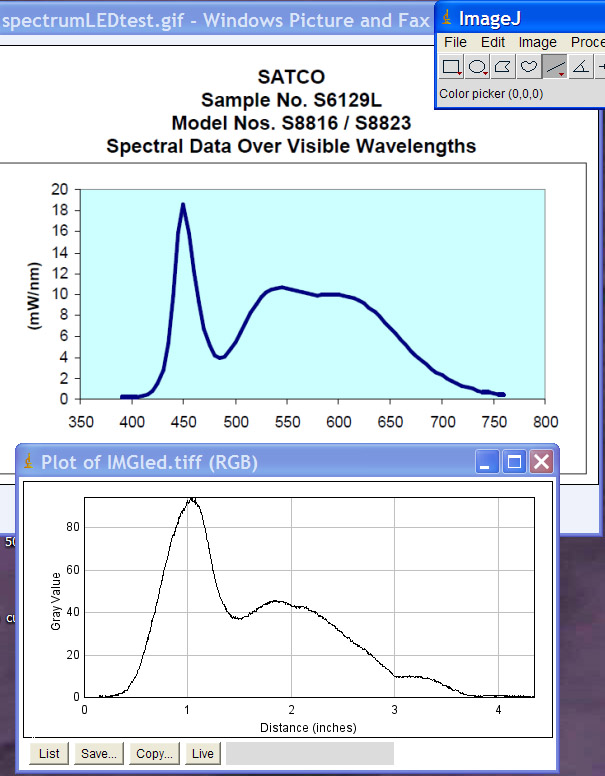Results 41 to 48 of 48
-
7th February 2021, 05:44 PM #41
Re: Setting White Balance with IR filters
-
7th February 2021, 08:23 PM #42
-
7th February 2021, 08:27 PM #43
Re: Setting White Balance with IR filters
Thanks that made the penny drop. (anybody know that expression?) I had assumed when they put "RGB" preceding "sensor" it implied a bayer filter in place. In the above description it seems far more likely that the sensor is unfiltered. It must be the PR people adding the term RGB in front of the word sensor as I doubt an engineer would. An unfiltered silicon sensor's response extends beyond RGB. A little into the ultraviolet and fairly sensitive in the NIR region. Interestingly such an arrangement using a diffraction element and an unfiltered sensor could easily be adapted in design for correct exposure evaluation with IR filters.
Last edited by pnodrog; 7th February 2021 at 08:32 PM.
-
7th February 2021, 08:48 PM #44
Re: Setting White Balance with IR filters
Great (?) minds think alike Paul. You would probably need an infra red cutoff filter with this arrangement to prevent the IR spreading over into the adjacent blue pixels in the next column.
Dave
-
7th February 2021, 09:56 PM #45

- Join Date
- Feb 2012
- Location
- Texas
- Posts
- 6,956
- Real Name
- Ted
Re: Setting White Balance with IR filters
I once was into measuring emission spectra from various types of lamp using a slit and a diffraction grating.

One thing I learned is that the lines per mm affects the angular width of the cast spectrum (and the resolution) and that the grating casts several spectra:
https://opentextbc.ca/universityphys...tion-gratings/
Hopefully the physics haven't changed since the link was published ...
-
7th February 2021, 10:30 PM #46
-
7th February 2021, 10:34 PM #47
-
7th February 2021, 11:28 PM #48

- Join Date
- Feb 2012
- Location
- Texas
- Posts
- 6,956
- Real Name
- Ted
Re: Setting White Balance with IR filters
Thank you, Paul!
It works well enough for my purposes. Here's a comparison between it and a commercial lab test for my 5000K LED flood lamps:

I shot the grating end and then ran a plot profile in ImageJ. X-axes may not be perfectly aligned wave-length wise.
So, what was the correct WB for that shot, eh?

 Helpful Posts:
Helpful Posts: 

 Reply With Quote
Reply With Quote


